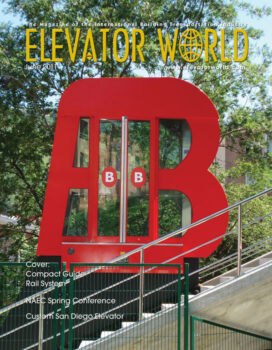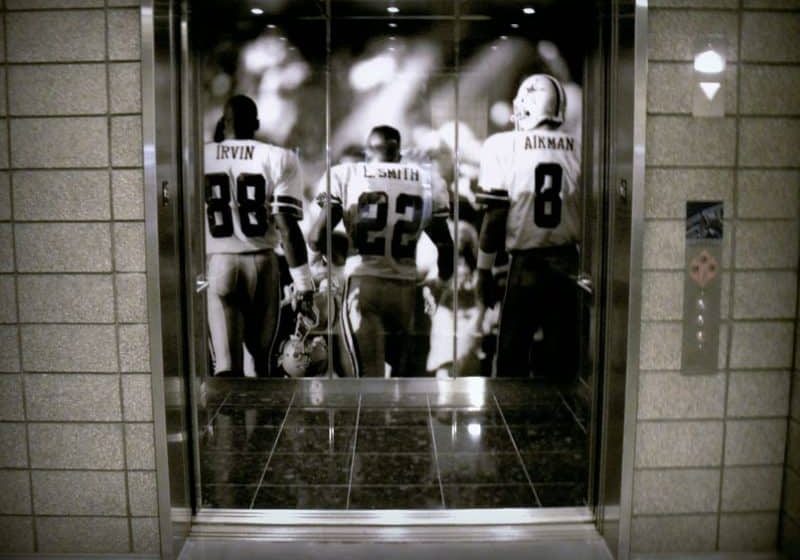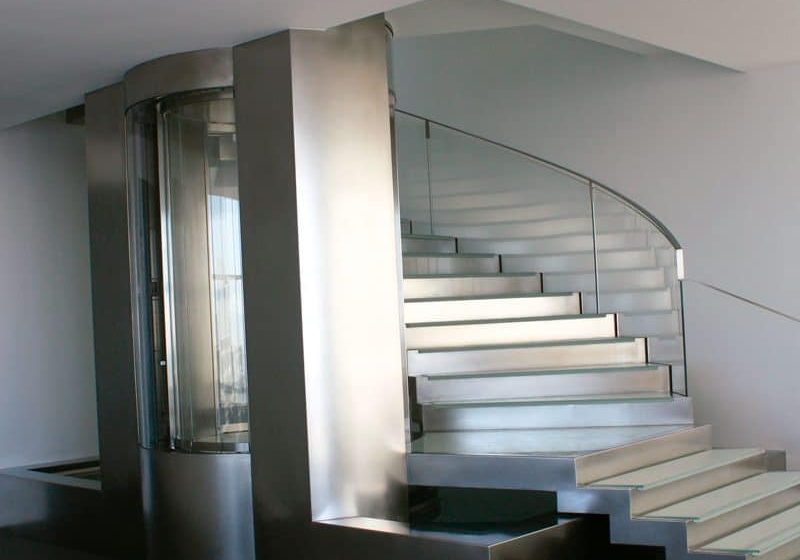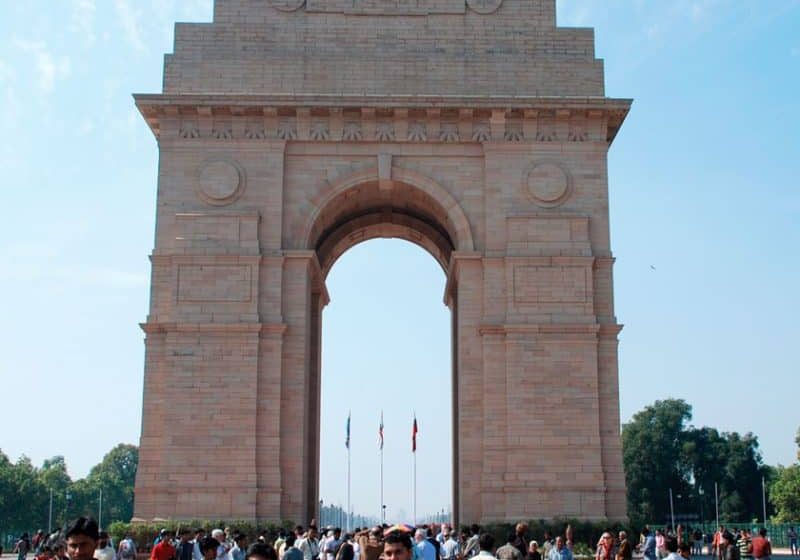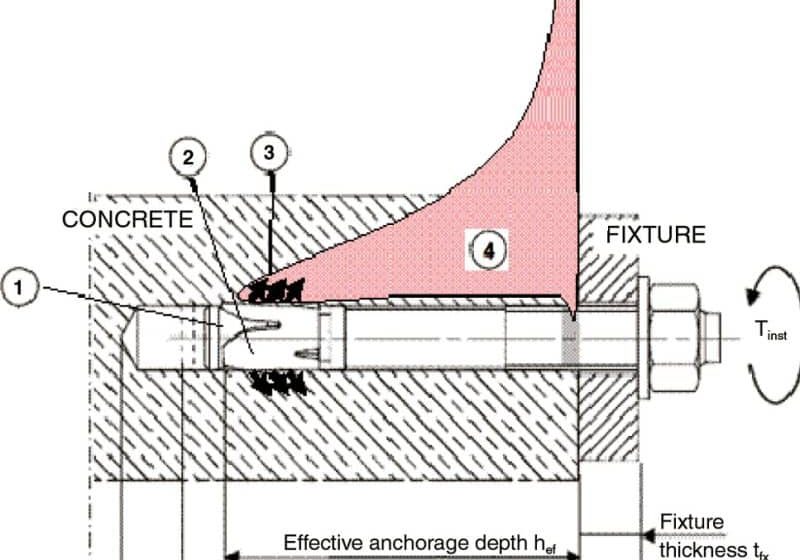Moving People at the Porsche Museum
Jun 1, 2011

This endeavor examines the design of the museum and its escalators and panoramic elevator.
The Porsche Museum in the outskirts of Stuttgart, Germany, is certainly a venue of great interest, whether you are an engineer, architect or car enthusiast. This “On Camera” feature endeavors to illustrate an inspirational museum that typifies many of the design qualities this famous car brand has developed and inherited.
The access and people movement to and around the museum has been thoughtfully considered with an S-Bahn urban railway station to one side of the building, car park underneath and bus connections on the other side. Internally, escalators transport the majority of visitors to the gallery floors supported by a duplex lift system to provide disabled access. As would be expected, moving the collection of iconic Porsche cars is of equal importance, and as the museum is multi-floored, a stylish bespoke car lift is also evident at the core of the facility.
From the architectural aspect, the monumentality of the museum is dramatic, with the giant asymmetric block apparently floating in the air just to the side of the central roundabout at the hub of the Porsche HQ complex. If a visitor is fortunate to see the building on a sunny day, as we were, the reflections in the polished mirror surfaces are wondrous. The structure was conceived as an apparently floating exhibition hall that would be memorable and exciting. An important part of the design philosophy was to convey a sense of arrival and approachability, to guide visitors to the building, then smoothly move them from the entry reception level up to the elevated display floors. This was achieved by using escalators in a very visible way at the hub of the complex. There are no exhibits on the ground floor, which is primarily a spacious reception area with a café, bar and gift shop. The basement levels are mainly used for car parking, and a duplex lift installation serves these floors, bringing visitors up into the reception area.
The museum experience has been carefully designed around visitors, with the escalators at the center controlling the flow of people. The two ThyssenKrupp escalators serve different levels: the “up” escalator serves the lower car-display floors, and the second descends from the higher display floor down to the exit. This arrangement helps create a flow pattern around the displays, with an obvious beginning and end. The escalators are housed in an angled shaft that pierces the reception hall’s dramatic ceiling, then travels up into the display area. The finishes on the escalators include glass balustrades and blackened newels and skirts. The whole escalator installation (including the cladding and enclosure) is an example of understated engineering design.
When in the display area, there is a spacious feel to the internal exhibition space, and it is clear that the exhibits can easily be changed to allow different cars and themes to be displayed and explored. To ensure safe and convenient changes of the exhibits, a large car lift is incorporated into the project. This is crucial to the handling of the very valuable exhibits. The glass lift and landing doors by Sematic support the attention to quality engineering and have been engineered to allow clear wall-to-wall access so that vehicles will not be damaged while moving the exhibits in and out of the lift.
As the visitor leaves the museum, it is difficult not to be impressed by the experience. The Porsche cars are as one would expect, but the architecture, lifts and the escalator equipment also play an important part in the satisfaction of a visit to the museum. We can certainly state that our visit was an experience worth the effort and recommend it to anyone interested in design and its many facets.
Get more of Elevator World. Sign up for our free e-newsletter.

